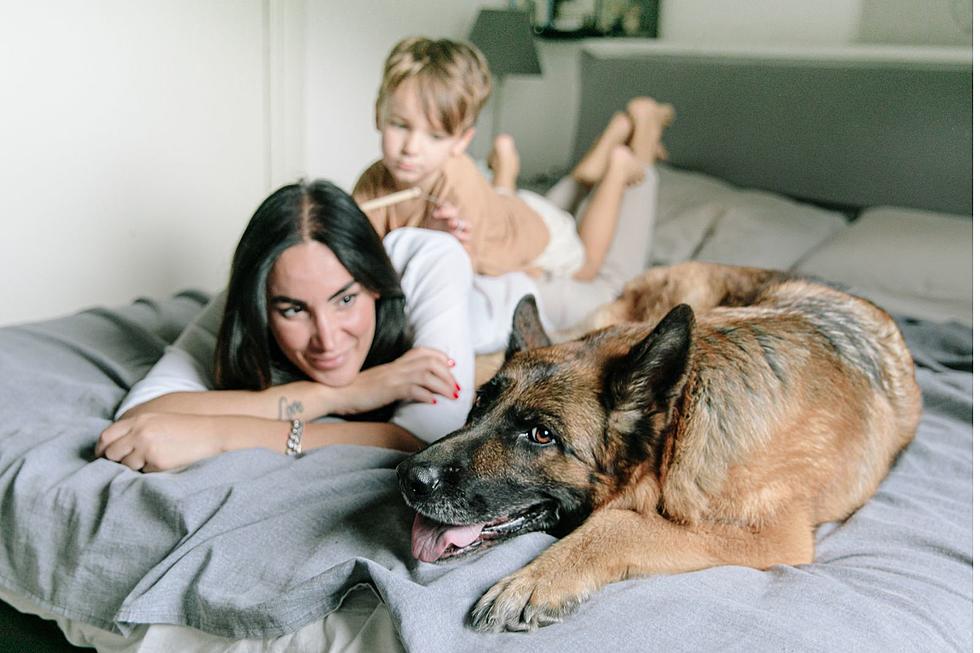
The Rule of Three for Adopting Pets in North Dakota
Congratulations! You’ve just adopted a new dog or cat. But like humans who move to a new community or accept a new job, your new pet needs some time to get used to their new surroundings.
Have you heard of the Rule of Three?
It's a timeline that should give you an idea of how your pet will adjust after three days, three weeks, and three months. The Rule of Three differs for dogs and cats, since they have different personalities and behavioral patterns.
Here’s what should happen three days after you acquire a new dog:
3 Days To Decompress
- Feel overwhelmed
- May feel scared or unsure of what's going on
- Not comfortable enough to be themselves
- May not want to eat or drink
- May shut down or hide under furniture
- Tests the boundaries of the home
3 Weeks To Learn Your Routine
- Starts settling in
- Feels more comfortable
- Realizes this may be their forever home
- Figures out the environment
- Gets into a routine
- Lets their guard down, may begin to show true personality
- Behavior issues may start to appear
3 Months To Start to Feel at Home
- Finally feels completely comfortable in their home
- Begins to build trust and a true bond
- Gains a complete sense of security with his new family
- Sets into a routine
Cats require the same Rule of Three, but with a few alterations.

Many cats spend much of their time sleeping; as much as 16-20 hours daily, but newcomers to your home may still be overwhelmed or stressed out over their new surroundings.
Here’s what should happen three days after you bring it home:
The cat will need this time to get used to your home, and unwind from the stress of living somewhere new.
Most cats are nocturnal, meaning they stay up all night after sleeping all day. It’s recommended that you initially keep the animal in one room such as a bedroom or bathroom with food, water, litter box, bed, blankets, and scratching post. This will help the cat learn the new surroundings, and make it easier for you to sleep at night if the cat is awake and becomes vocal.
After three weeks:
Your cat probably understands your daily routine and when they can expect to be fed.
If your cat appears comfortable enough to have the whole house to itself, you may encourage them to investigate other rooms where they feel comfortable. Remember to move all necessities (litter box, beds, blankets, food, water, scratching post) to other locations so they are still accessible for kitty.
After three months:
Your cat should know they are home and that you are their caregiver.
With some patience, your pet will be a lifelong friend and someone enjoyable to be around!
The Rule of 3 when adopting or fostering a pet. It's a general guideline for the adjustment period of a pet in a new foster home or other adoption. It doesn't happen overnight. It's important to be patient and give your new pal a chance. Every pet is unique and will adjust differently and on their own timeline.
RANKED: Here Are the 63 Smartest Dog Breeds
Gallery Credit: Sabienna Bowman

